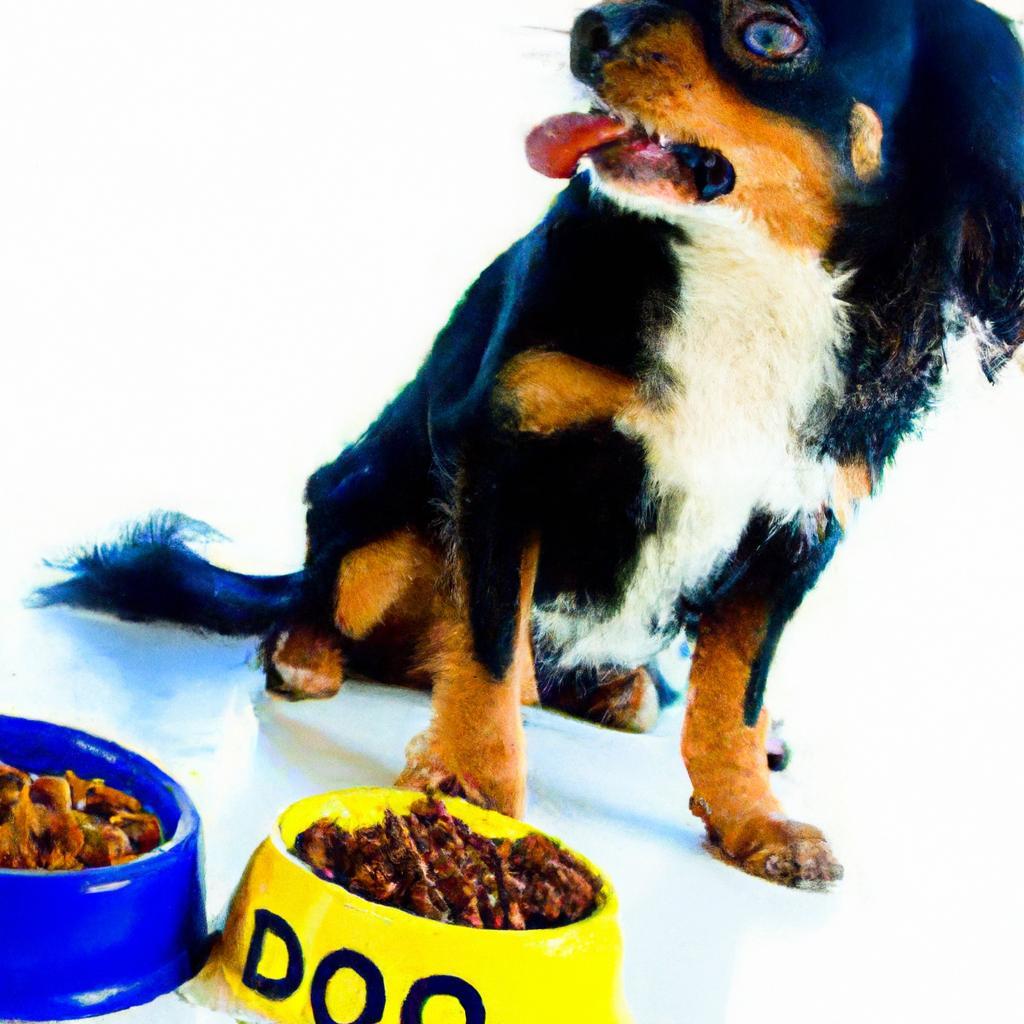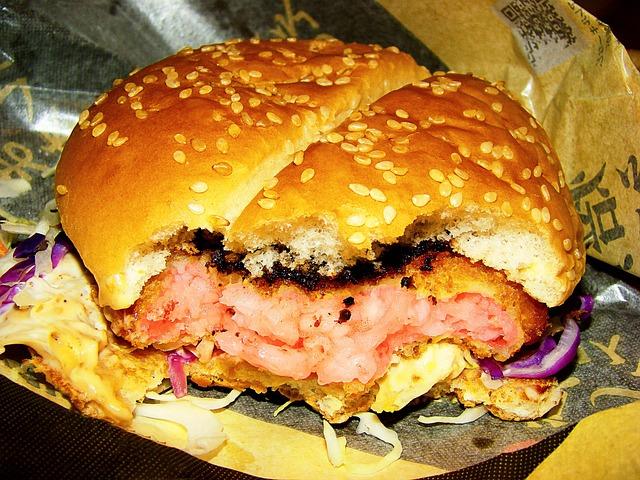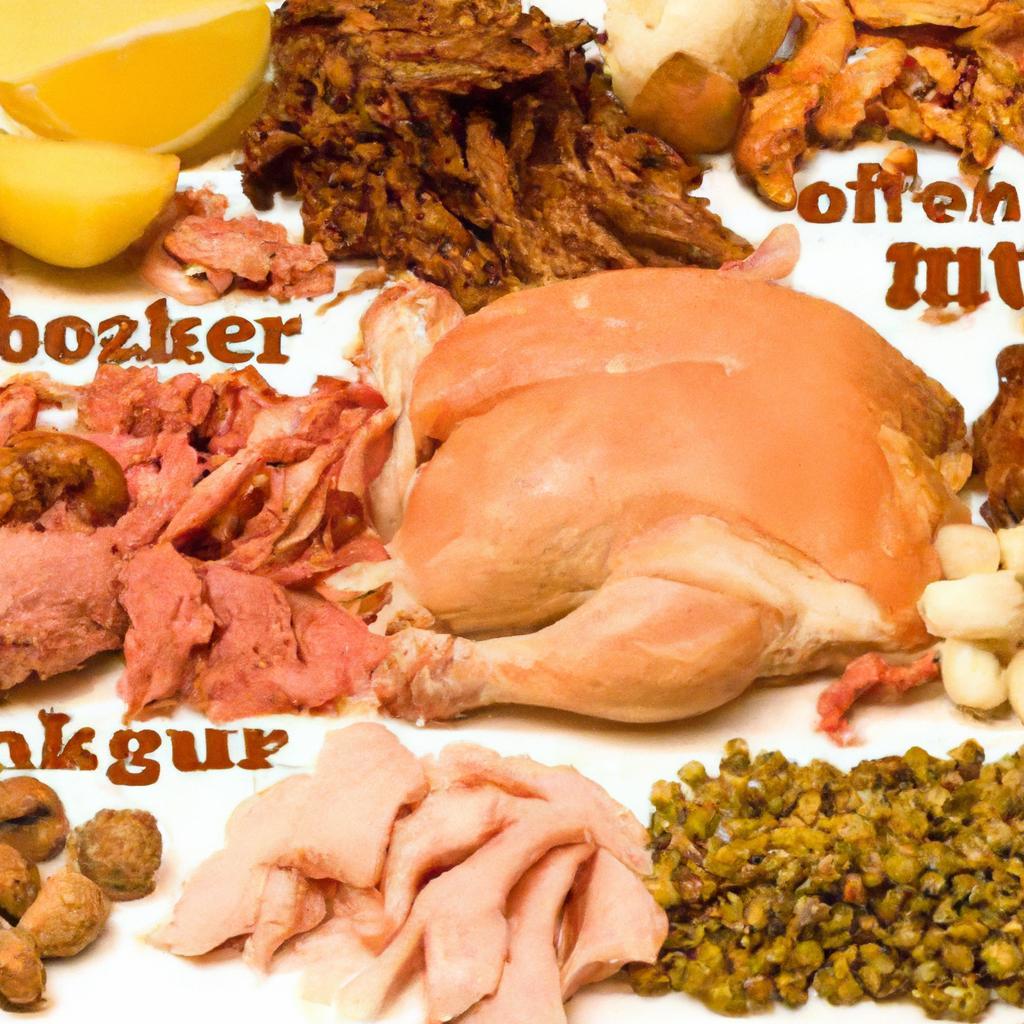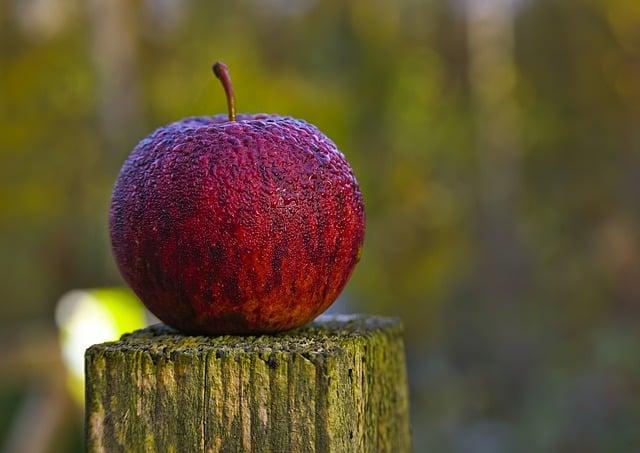Max, a lively golden retriever, had always been a picky eater. His owner, Sarah, worried about his nutrition until she discovered the benefits of wet food. Each meal became a feast, with Max eagerly devouring every bite. His coat grew shinier, his energy soared, and his vet praised his healthy weight. Wet food can be a nutritious option, providing hydration and essential nutrients. While variety is key, incorporating wet food daily can enhance your dog’s diet. So, is it okay? Absolutely—just ensure it’s balanced and tailored to their needs!
Contents
- Understanding the Nutritional Benefits of Wet Dog Food
- Evaluating the Potential Risks of Daily Wet Food Consumption
- Balancing Wet and Dry Food for Optimal Canine Health
- Expert Recommendations for Incorporating Wet Food into Your Dogs Diet
- Q&A
Understanding the Nutritional Benefits of Wet Dog Food
When considering the daily feeding of wet dog food, it’s essential to recognize the myriad of nutritional benefits it offers. Wet dog food is typically higher in moisture content compared to dry kibble, which can significantly aid in hydration. This is particularly beneficial for dogs that may not drink enough water throughout the day, helping to support their overall kidney function and urinary health.
Moreover, wet dog food often contains a higher proportion of protein and fat, which are vital for your dog’s energy levels and muscle maintenance. The rich, palatable flavors of wet food can also entice picky eaters, ensuring that your dog receives the necessary nutrients without the fuss. This can be especially important for puppies, seniors, or dogs recovering from illness, as they may require more enticing options to stimulate their appetite.
Another advantage of incorporating wet food into your dog’s diet is the variety it brings. Many brands offer a range of flavors and formulations, allowing you to tailor your dog’s meals to their specific needs and preferences. This variety not only keeps mealtime exciting but also ensures a more balanced intake of different vitamins and minerals, which can contribute to better overall health.
Lastly, wet dog food can be an excellent option for mixing with dry kibble, enhancing the texture and flavor of the meal. This combination can provide the benefits of both types of food, ensuring your dog enjoys a well-rounded diet. By choosing high-quality wet food, you can confidently provide your furry friend with a nutritious, delicious, and satisfying meal every day.
Evaluating the Potential Risks of Daily Wet Food Consumption
When considering a daily diet of wet food for dogs, it’s essential to assess the potential risks that may accompany this feeding choice. While wet food can be a tasty and hydrating option, it’s crucial to recognize that not all wet foods are created equal. Some brands may contain high levels of **preservatives**, **fillers**, and **artificial additives** that could negatively impact your dog’s health over time. Always scrutinize ingredient lists and opt for high-quality products that prioritize natural ingredients.
Another factor to consider is the **nutritional balance** of wet food. While it can provide moisture and palatability, some wet foods may lack essential nutrients or have an imbalanced ratio of proteins, fats, and carbohydrates. This imbalance can lead to deficiencies or excesses that may affect your dog’s overall health. Consulting with a veterinarian can help ensure that the wet food you choose meets your dog’s specific dietary needs.
Dental health is another concern when feeding wet food daily. Unlike dry kibble, which can help reduce plaque buildup through chewing, wet food may not provide the same dental benefits. Dogs that primarily consume wet food may be at a higher risk for dental issues, including **tartar buildup** and **gum disease**. To mitigate these risks, consider incorporating dental chews or regular dental care routines into your dog’s regimen.
Lastly, the potential for **weight gain** should not be overlooked. Wet food is often higher in calories than dry food, and without proper portion control, it can lead to obesity in dogs. Monitoring your dog’s weight and adjusting their food intake accordingly is vital. Additionally, combining wet food with dry kibble can provide a balanced approach, ensuring your dog enjoys the benefits of both while minimizing the risks associated with a solely wet food diet.
Balancing Wet and Dry Food for Optimal Canine Health
When considering your dog’s diet, it’s essential to understand the benefits of combining both wet and dry food. Each type of food offers unique advantages that can contribute to your dog’s overall health. Wet food is often more palatable and can be particularly appealing to picky eaters or dogs with dental issues. Its higher moisture content helps keep your dog hydrated, which is crucial for maintaining healthy kidney function and preventing urinary tract problems.
On the other hand, dry food provides a crunchy texture that can aid in dental health by reducing plaque and tartar buildup. Additionally, dry kibble is typically more calorie-dense, making it easier to manage portion control and maintain a healthy weight. By incorporating both wet and dry food into your dog’s diet, you can create a balanced meal plan that meets their nutritional needs while also keeping mealtime exciting.
To achieve the best results, consider the following guidelines when mixing wet and dry food:
- Proportion Control: Aim for a balanced ratio, such as 70% dry food to 30% wet food, adjusting based on your dog’s specific needs and preferences.
- Quality Ingredients: Choose high-quality brands that prioritize natural ingredients and avoid fillers, ensuring your dog receives the best nutrition possible.
- Monitor Health: Keep an eye on your dog’s weight, coat condition, and energy levels to determine if adjustments to their diet are necessary.
Ultimately, the key to optimal canine health lies in variety and balance. By thoughtfully combining wet and dry food, you can provide your dog with a well-rounded diet that supports their physical and mental well-being. This approach not only enhances their mealtime experience but also fosters a healthier, happier life for your furry companion.
Expert Recommendations for Incorporating Wet Food into Your Dogs Diet
Incorporating wet food into your dog’s daily diet can be a beneficial choice, but it’s essential to do so thoughtfully. **Veterinarians and pet nutritionists** often recommend a balanced approach that includes both wet and dry food. This combination not only enhances the palatability of meals but also ensures your dog receives a variety of nutrients. When selecting wet food, look for options that list high-quality protein sources as the first ingredient, and avoid those with excessive fillers or artificial additives.
To ease your dog into a new diet, consider **gradually mixing wet food** with their current dry food. Start with a small amount of wet food, gradually increasing the proportion over several days. This method helps prevent digestive upset and allows your dog to adjust to the new texture and flavor. Additionally, observe your dog’s reaction to the wet food; if they seem to enjoy it and experience no adverse effects, you can confidently increase the amount.
When serving wet food, be mindful of **portion sizes**. Wet food is often more calorie-dense than dry food, so it’s crucial to adjust your dog’s overall food intake accordingly. Consult with your veterinarian to determine the appropriate daily caloric intake for your dog based on their age, weight, and activity level. This ensures that your dog remains healthy and maintains a proper weight while enjoying the benefits of wet food.
consider the **hydration benefits** of wet food. Dogs that consume wet food may have better hydration levels, as it contains a higher moisture content than dry kibble. This is particularly important for dogs that may not drink enough water throughout the day. By incorporating wet food into their diet, you can help support their overall health and well-being, making mealtime a more enjoyable experience for both you and your furry friend.
Q&A
-
Is wet food suitable for daily feeding?
Yes, wet food can be a nutritious option for dogs when fed daily. It often contains higher moisture content, which helps keep your dog hydrated and supports overall health.
-
Can wet food replace dry food entirely?
While wet food can be fed exclusively, it’s important to ensure it meets all of your dog’s nutritional needs. Consult with your veterinarian to determine the best feeding strategy for your pet.
-
Are there any downsides to feeding wet food daily?
Feeding wet food every day can lead to dental issues if not balanced with dry food or dental chews. It’s essential to maintain your dog’s oral health through regular dental care.
-
How should I transition to wet food?
To transition your dog to wet food, gradually mix it with their current food over a week. This helps prevent digestive upset and allows your dog to adjust to the new texture and flavor.
incorporating wet food into your dog’s daily diet can offer numerous benefits, from enhanced hydration to improved palatability. Consult your veterinarian to ensure a balanced approach, and watch your furry friend thrive with every meal!

大家好,我是彼得潘,專業的手法身體治療師。我喜歡探索和研究各種主題,並透過與人工智慧的合作分享專業、實用、有趣的文章。我們定期進行人工審核,以確保內容的準確性。如果您發現文章中有任何不準確的地方,請隨時與我們聯繫,我們會及時糾正。您可以透過 [email protected] 與我們聯繫。



